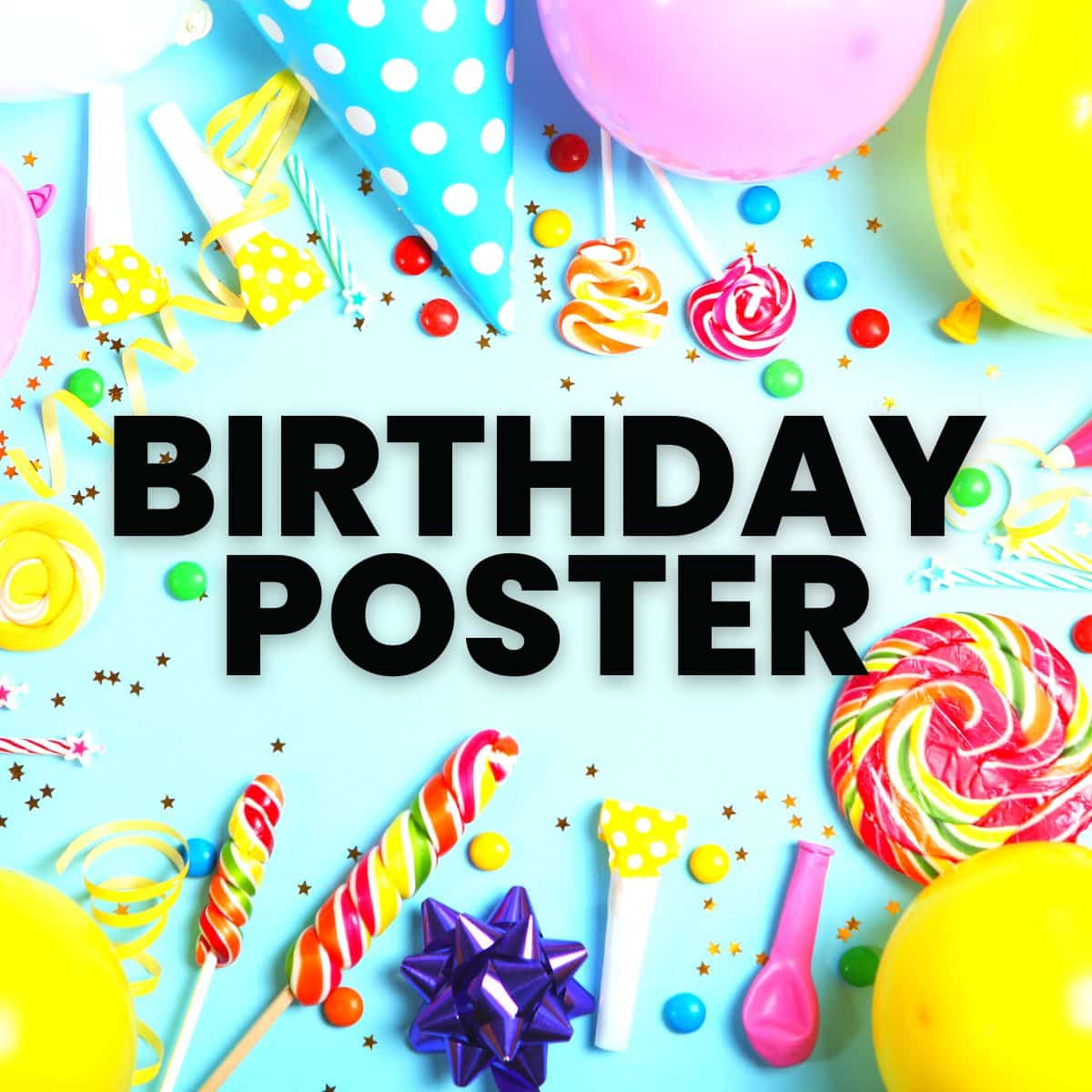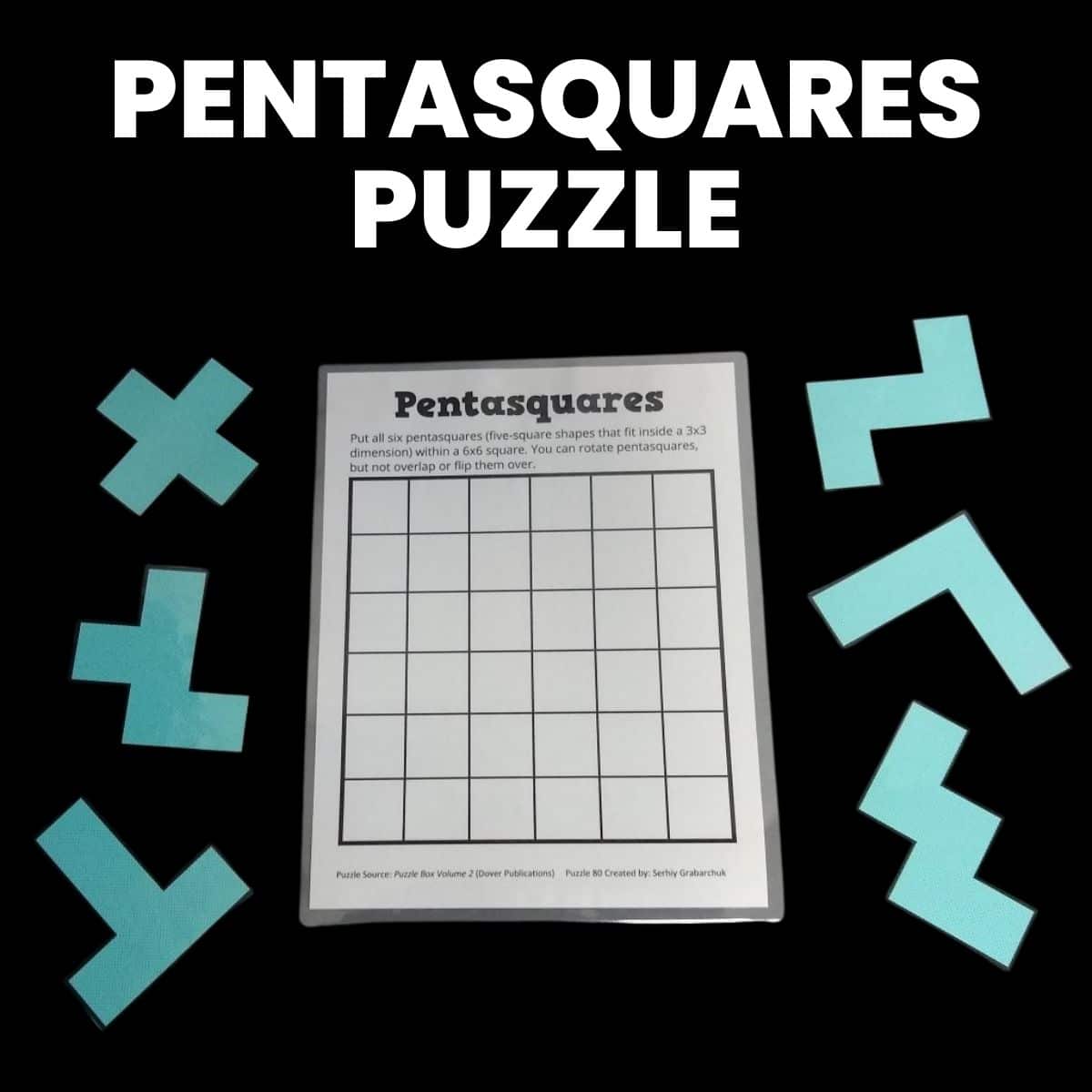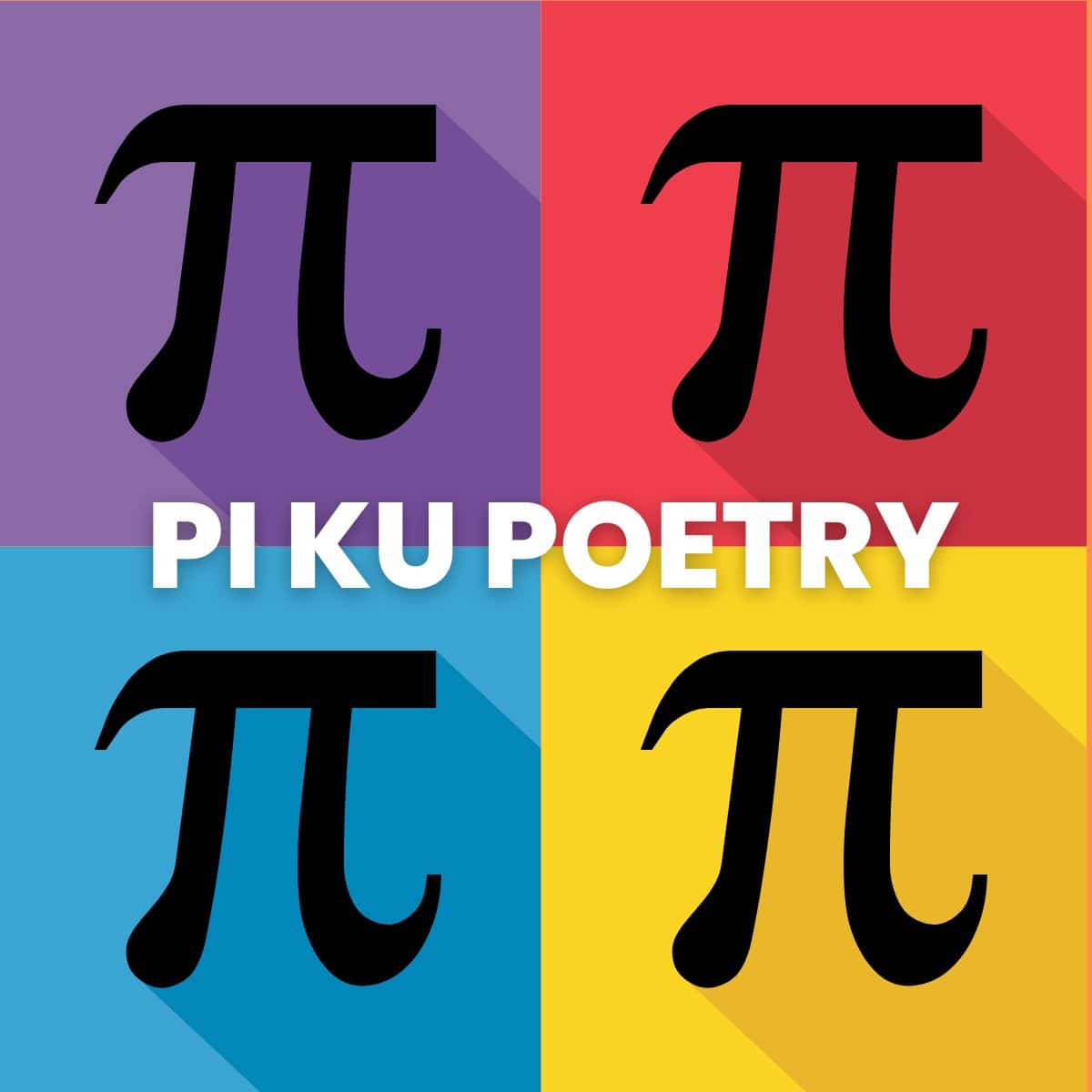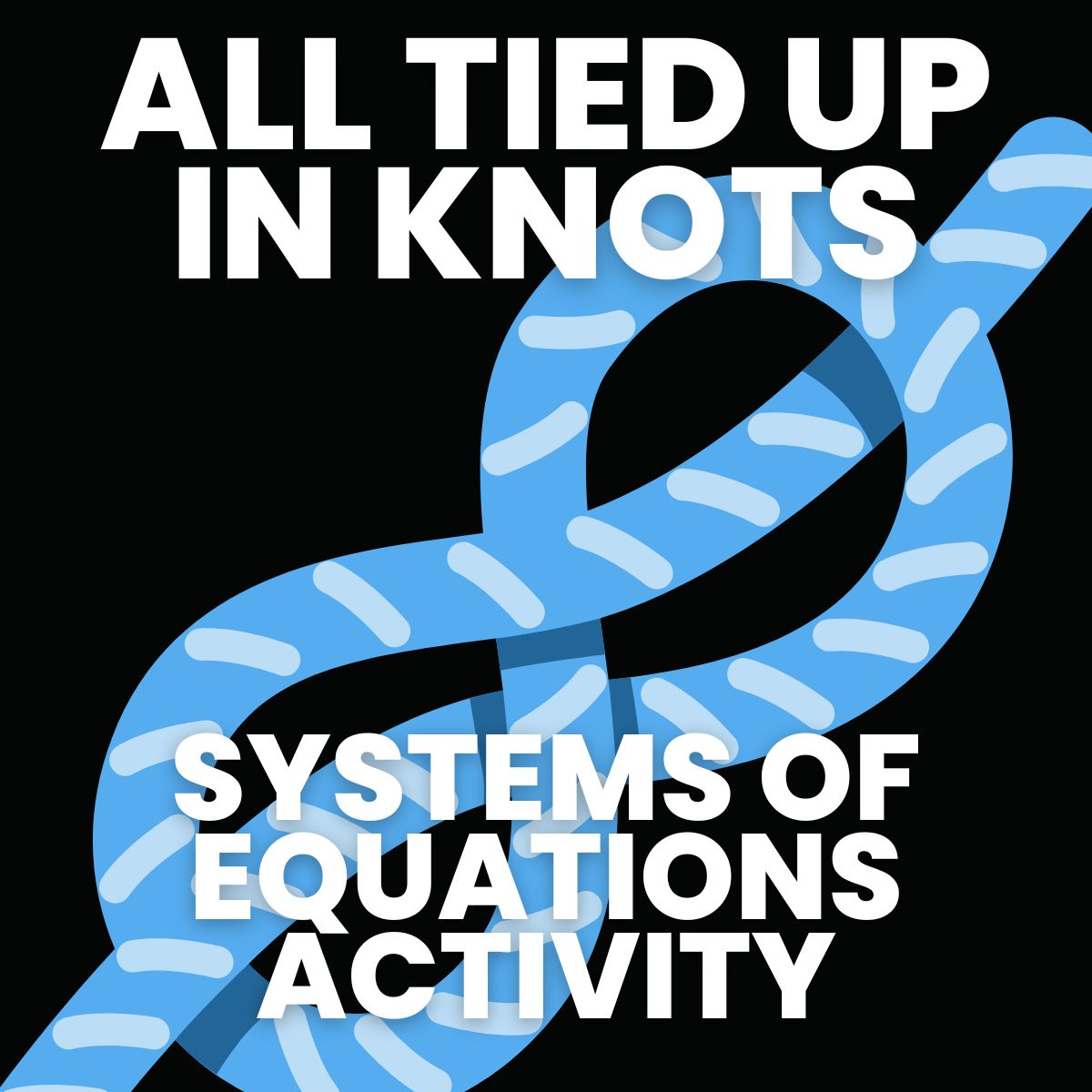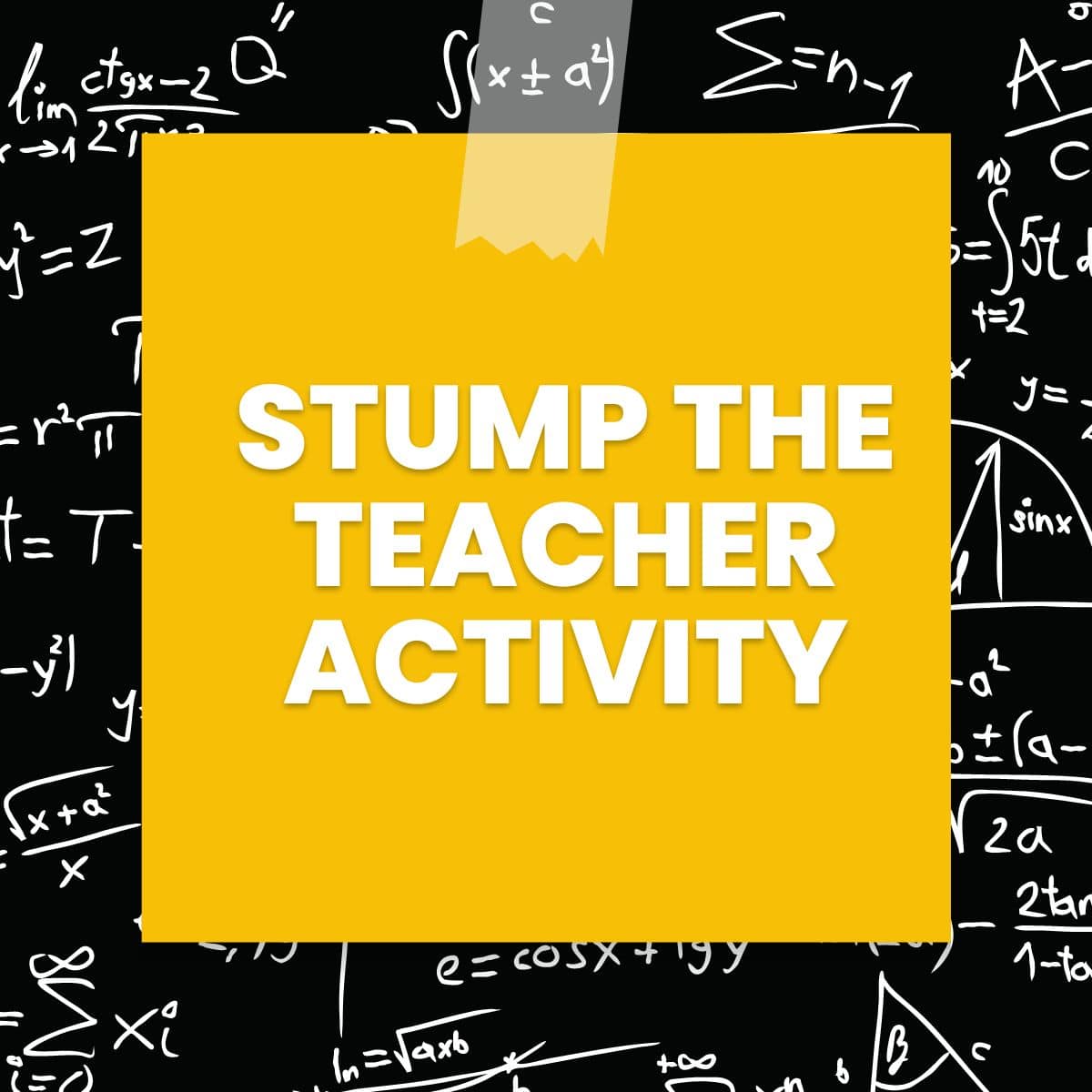Hands-On Circumference Activity
This blog post contains Amazon affiliate links. As an Amazon Associate, I earn a small commission from qualifying purchases.
I want to share a hands-on circumference activity I created while I was still a student teacher.
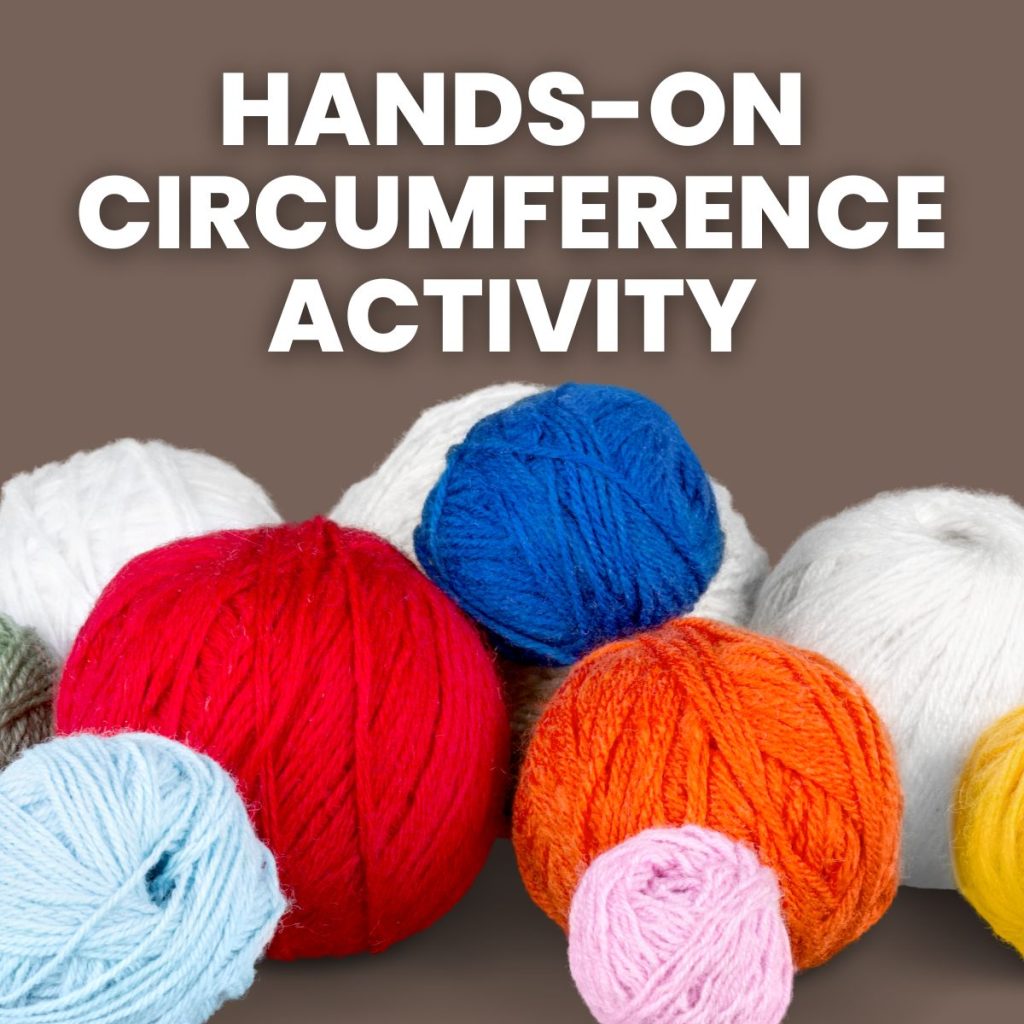
This year, I am the algebra teacher in my school. I teach Algebra 1, Algebra 2, and College Algebra. The only math class I don’t teach is geometry. Our other teacher teaches all of the geometry classes and two hours of Algebra 1. Initially, I was glad to not be teaching geometry since I haven’t had much experience with it other than taking geometry in high school. However, as the year progresses and I find myself helping students with their geometry homework, I’m realizing just how fun of a class it would be to teach. I look at their homework and start imagining all of the possibilities for foldables and hands-on activities.
Last weekend, I spent some time looking through all the pictures I had taken during the past year. I ran across some pictures I had taken to put in my online portfolio that I created during my job search. This was one of those pictures.
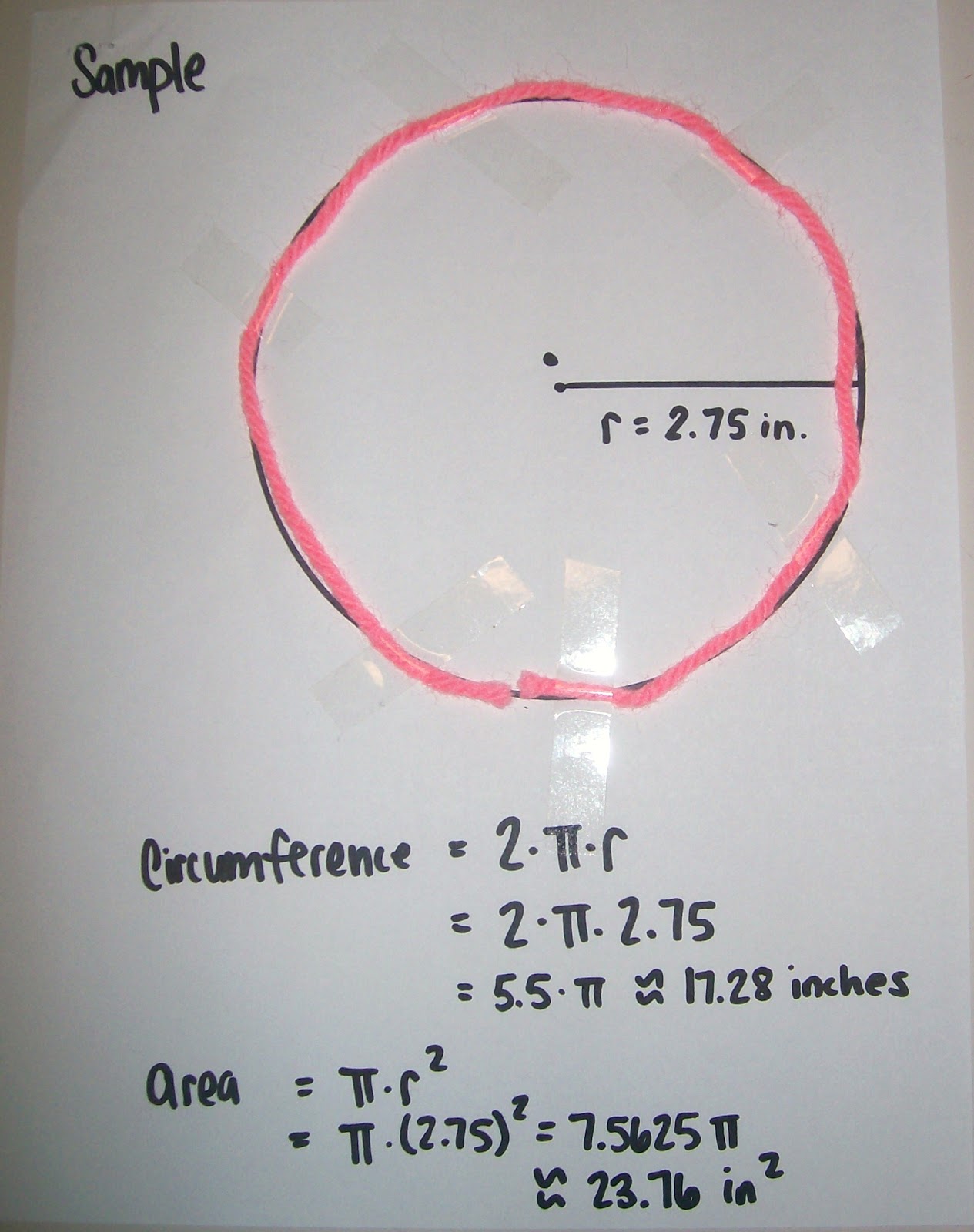
For my methods of teaching class, we had to write a specified number of lesson plans. Each lesson plan had to follow a strict format and include examples of what the completed activities or assignments should look like. One of the lesson plans I wrote focused on applying the formulas for area and circumference of a circle.
The idea behind the lesson was that students would use materials to verify the formula for circumference of a circle. I would gather circular objects for my students to use to trace circles. After tracing around a circle, they would estimate the center of each circle and draw the radius. Using a ruler, students would measure the radius and use the formula to find circumference.
After arriving at an answer, students would use a ruler and scissors to cut off a piece of yarn the length of their circumference. They would then lay the yarn around the circumference of the circle to verify their answer. If the piece of yarn was too long or short, the students would need to verify their measurements and find their mistake.
I think this would be a great way to show students that the circumference formula is more than just a jumble of letters. I haven’t used this in my own classroom, though.

